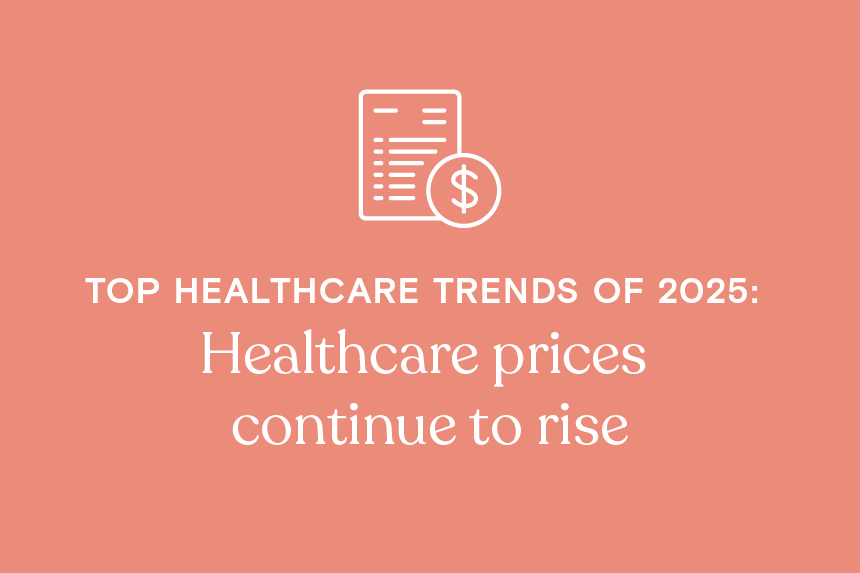In the healthcare world, professional services companies and consulting firms use healthcare commercial intelligence to address the needs of their customers and develop more successful go-to-market strategies.
However, the healthcare industry is a tangled web of disparate data sources, making finding the right data your customers expect challenging. More importantly, that data must be relevant, useful, and current.
Professional services companies use the Atlas Dataset and our analytics to untangle this web and leverage crucial insights—all available on a single platform.
Wondering how other professional services companies leverage our platform? Curious to know what data you should be searching for to grow your business? Read on for a list of our clients' five most common data searches.
1. News and intelligence data tracks new facilities and re-openings
Through our industry-specific solutions, such as our HospitalView product, users can access news and intelligence data to explore their market from multiple perspectives. Professional services companies and consulting firms search for many different types of healthcare intelligence, including:
- Facility openings and closures
- Facility renovations and construction
- Mergers and acquisitions
- Labor and staffing challenges
- People on the move
- Financial performance
This list is not exhaustive, but it should show that our professional services clients need an in-depth and accurate understanding of the facilities and organizations they’re engaging with to operate successfully.
Notably, we’ve found that intelligence on new facility openings is particularly valuable to our clients of late. This isn’t surprising, as the healthcare industry has been shifting away from inpatient care and hospital settings to outpatient care, ambulatory surgery centers, and retail health clinics. Professional services companies can use this information to understand the market better, deliver more confident recommendations to their customers, and uncover new growth opportunities.
For more information on this shift in the healthcare landscape, check out our recent Intelligence Report.
2. Network and physician referral patterns
Physician referral patterns are incredibly valuable data points for consulting firms and any organization working in the complex healthcare landscape. By tracing physician referral patterns, you can see how physicians are connected to one another and how they split their time between facilities and identify the providers who are referring patients outside of your client’s system or network.
Medical claims data is the underlying foundation of physician referrals, offering in-depth insights into how patients move through a health system. For example, medical claims provide visibility into:
- Service lines, defined by ICD and HCPCS codes
- Patient demographics
- Care settings, such as inpatient or outpatient
Armed with this knowledge of the patient treatment journey and the roles physicians play within it, you can make informed decisions that impact financial performance. You’ll have insight into which high-value physicians to target, how your competitors capture your patients, and whether it’s the right call to form a merger or partnership.
3. Total addressable market analytics
For professional services companies and consulting firms, their success lives and dies by how precise a picture they have of their customers’ true total addressable market (TAM).
Our clients use medical and prescription claims data, referrals, affiliations data, and many other performance metrics to size and segment their customers’ market. Finding your TAM is crucial to measuring your opportunity in your territory and helps inform market entry, resource allocation, risk assessment, and strategic planning for the future.
Specific examples of how to best capitalize on the total addressable market vary by business type. A software company might filter IT budgets to target care facilities that can definitively afford their product. Medical device companies might look at procedure volumes and referral patterns to find the facilities in the most immediate need of their device.
Finding your TAM can be a complex, time-consuming process. Our guide on how to calculate your total addressable market can show you step-by-step how to get started.
4. Quality metric comparisons
A good way to make a strong impression on a provider prospect is to offer solutions that meet or exceed value-based care quality metrics. These are measures that the Centers for Medicare and Medicaid Services (CMS) and other regulatory agencies use to assess the clinical performance, care quality, and safety measures of all healthcare providers.
Simply put, providers that deliver high-quality care to patients are rewarded by CMS with reimbursement bonuses. Failure to meet quality standards, however, means being penalized. This means that meeting and surpassing quality standards is a primary objective for all providers, and, by leveraging quality scores and metrics data, vendors can more successfully quantify their own value to provider prospects.
There are dozens of quality metrics to evaluate and consider. Definitive Healthcare users can explore these metrics through our comprehensive facility profiles. Using HospitalView, for example, a user can look at accreditations, readmissions and complications, patient experience scores, HCAHPS, and more.
For more on quality metrics, read our blog on the top 10 hospital performance metrics you need to know.
5. Regional payor networks and provider relationships
Healthcare payors come in a wide array of forms: Medicare, Medicare Advantage, Medicaid, out-of-pocket, direct-to-employer, etc. Each one has its own quality metrics, administrative overhead, and other processes and tasks that can become time-consuming from an operational standpoint.
Savvy professional services organizations and consulting firms looking to break into a new market and partner with its providers will take the time to better understand these payor dynamics and leverage that knowledge to help providers meet business demands. Here are some reasons why:
- Cost management: Knowledge of payor networks helps understand reimbursement rates and contract negotiations between payors and providers. These insights can lead to more detailed revenue forecasting, risk assessment, and planning.
- Growth strategy: Consulting firms can lean on payor-provider dynamics to advise market strategies, including which payor networks to engage with and how to address their client's specific financial and operational needs.
- Compliance and regulations: Knowledge of payor networks helps ensure compliance with healthcare regulations, as these contracts and relationships often have legal implications and compliance requirements.
The most important data points our clients are searching for
Professional services companies and consulting firms serve clients across the healthcare landscape, from healthcare providers to biopharma, medical device, and technology companies and beyond.
That means there is a lot of data to search for, analyze, and transform into valuable insights. If you want more info on the data our clients are looking for, consider looking at the top data searches by other healthcare segments:
- Top data searches by Medical device companies
- Top data searches by Healthcare software and IT companies
- Top data searches by Medical supply companies
- Top data searches by Healthcare staffing companies
Learn more
Want to learn firsthand how professional services organizations (and more) use healthcare commercial intelligence to be more competitive and create new paths to commercial success? Start a free trial now to access the healthcare data you need to get unmatched visibility into the market.





